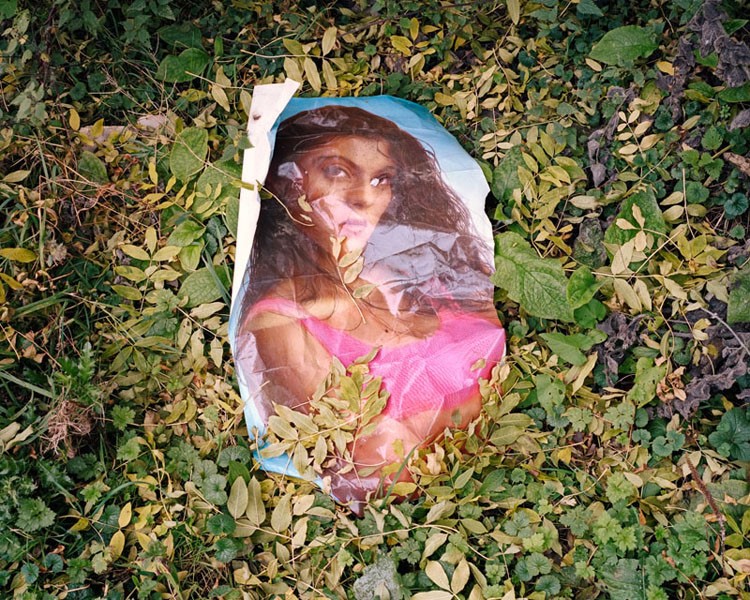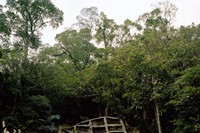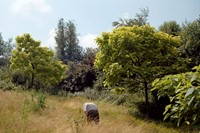Driven by a fascination for strange spaces and guided by satellite mapping, Malaysia-born photographer Hin Chua has spent the past four years venturing out to capture what he describes as “the ongoing environmental struggle taking place beyond the
Driven by a fascination for strange spaces and guided by satellite mapping, Malaysia-born photographer Hin Chua has spent the past four years venturing out to capture what he describes as “the ongoing environmental struggle taking place beyond the boundaries of our cities.” Though he sets out to create art, not social commentary, Hin’s After the Fall series nevertheless captures poignant reminders of our ever-expanding footprint on the planet and the strange borderlands we create on its peripheries. Some of scenes are bland, others ominous, but mostly they remind us of youthful adventures on endless summer afternoons: the wild, chaotic and faintly dangerous areas that marked the end of childhood as we ventured out to explore spaces we weren’t supposed to. Hin’s ongoing explorations echo this universal experience, thought admittedly on a more global (16 countries so far) and organised level.
“It’s a combination of careful planning and complete acceptance of randomness and chance,” he explains of his travels. “I’ll spend hours figuring out where I want to go. After about four years I’ve become pretty good at reading the kind of terrain that is going to be interesting, but once you’re out there you just have to open yourself up to the environment.” Thus directed to planned-but-random locations, Hin takes us to distant harbours on Hong Kong’s outer islands, electrical fields outside Shanghai, quietly overgrowing countryside near Paris and the leafy sub-suburbia beyond Chennai. By capturing these hinterlands for the brief time in which they may exist, Hin shows that the transformation for rural to urban (and back) is an ever-changing process, creating – as he eloquently puts it – "a farewell to personal Edens".
“In the grand scheme of photography, quite a lot of people explore these areas,” he admits. “Visually they’re very very interesting. It’s where the zoning system starts to fray, it’s where things start to transition, it’s where people forget to collect the garbage and dump things. The locations, to a degree, don’t really matter. What’s happening is happening everywhere.”



